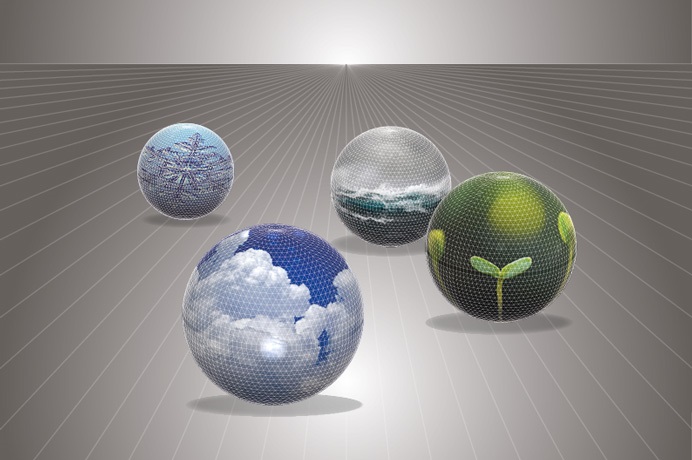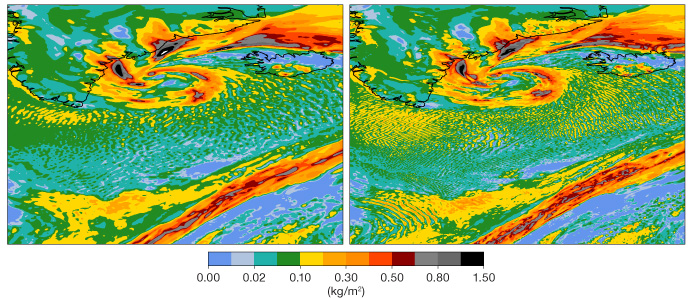

ECMWF’s Annual Seminar from 12 to 16 September 2022 will look at challenges in physics in seamless predictions across forecast model resolutions and timescales. Registration is open until 29 July.
The topics covered range from underlying processes and their mathematical formulation to new observational datasets and new forecast products required by end users.
With advances in high-performance computing, the grid spacing of global weather forecasting models is set to decrease to a few kilometres or less. At the same time, there is an increase in the availability and use of global satellite observations, and the forecasting system needs to be kept up to date with the latest developments.
“Taking advantage of resolution increases and advances in new data strongly depends on developments in the model physics and dynamics,” says Peter Bechtold, one of the scientific organisers of the event.
The programme comprises nine themes, with poster sessions in the afternoons where attendees are invited to present their latest work.
Small-scale weather patterns
Today’s weather forecasts are not only getting more accurate in predicting the long-term evolution of large-scale atmospheric patterns. They are also improving the prediction of smaller-scale weather patterns, like mesoscale convective systems and the flow in major valleys.
The expectation is that, as model grid spacings are reduced to the km-scale, the realism and the skill of short-, medium- and extended-range forecasts will further increase. However, this depends on progress in model physics and dynamics as will be discussed at the Annual Seminar.
The figures show 15-hour forecasts of a deep cyclone off Greenland on 7 February 2022. One uses the 9 km grid spacing applied operationally in ECMWF high-resolution forecasts, the other one an experimental 4 km grid spacing.
Total column water in liquid and ice form has been chosen to show typical roll and cell cloud structures in the cold air outflow.

Fifteen-hour forecasts of total column water, showing a deep cyclone off Greenland on 7 February 2022 using the 9 km grid spacing applied operationally in ECMWF high-resolution forecasts (left) and an experimental 4 km grid spacing (right).
“While ECMWF’s operational forecast reasonably reproduces the observed cloud and flow structures, the 4 km grid spacing further refines the picture, producing convective rolls south of Iceland with a characteristic 20–30 km scale,” Peter says.
Topics related to model physics
This year's Annual Seminar highlights the critical role that model physics plays in seamless weather prediction. This includes a thorough discussion of individual physical processes and their complicated interactions across scales. A particular challenge is the adaptation of model physics down to kilometre-scale resolutions.
A wide range of topics will be discussed: from the effect of ocean waves on air-sea fluxes to gravity wave drag on the upper air flow; from boundary layer turbulence to convection and cloud interactions; from 3D radiation to the effects of aerosols; from surface snow to evolving vegetation effects on atmospheric fluxes and near-surface temperatures; and many more.
Constraining model physics through data assimilation and learning from short-range forecast error statistics is another important aspect of this Seminar. A final topic is uncertainty in model physics and the representation of this uncertainty in the context of ensemble predictions.
For more details, please visit the Annual Seminar page.
